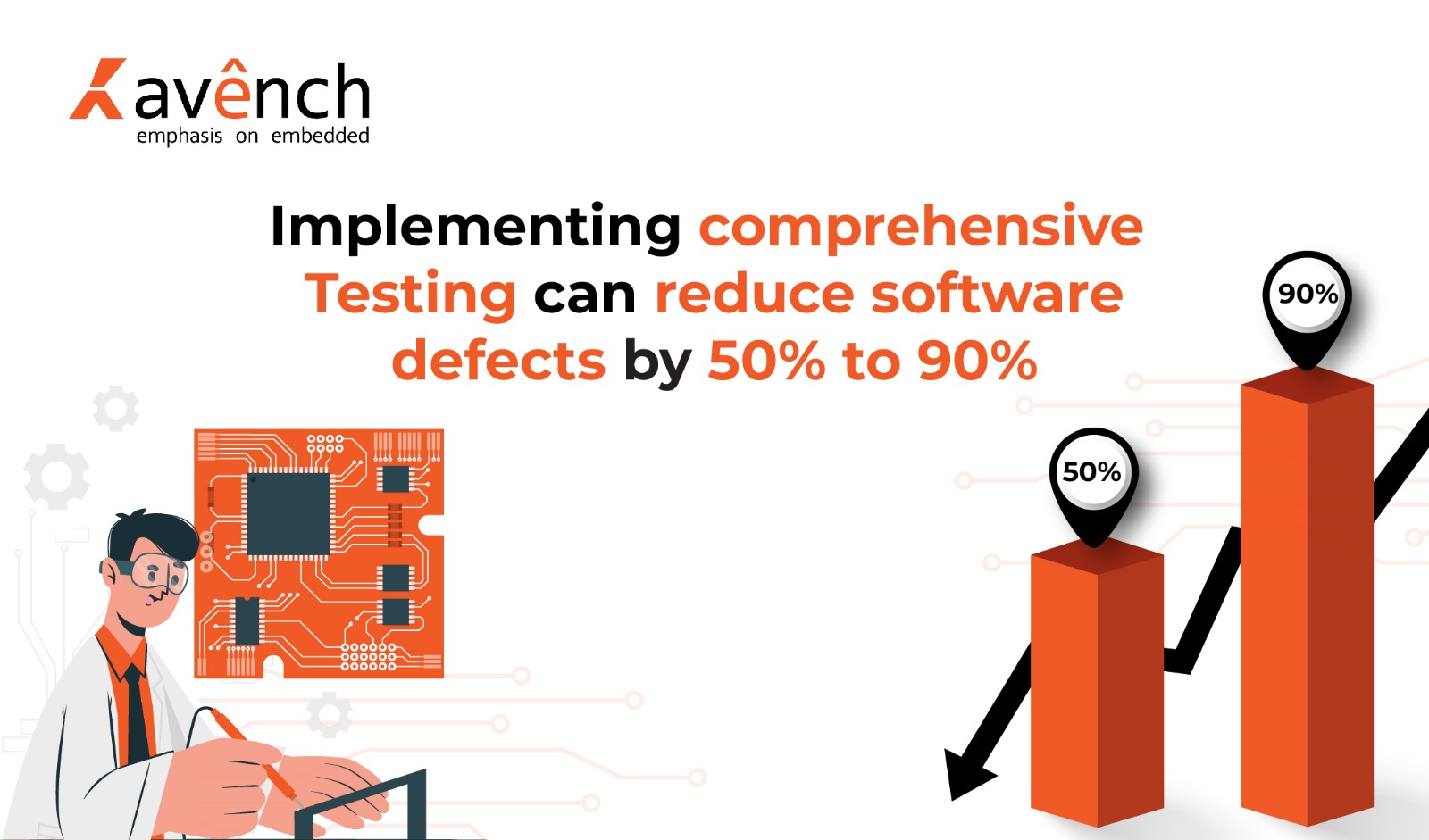Embedded systems engineering are everywhere, they power everything from medical devices and industrial control systems to smartphones and self-driving cars. The quality and reliability of these systems are paramount, as failures can have significant consequences, including safety hazards, financial losses, and reputational damage.
As a result, embedded systems engineering requires rigorous quality assurance (QA) and control (QC) practices throughout the entire development lifecycle.
How to Create a Secure and Reliable Embedded System?
Building a secure and reliable embedded product design needs a careful and organized approach from start to finish. Let’s go through some important steps and good ways to make sure we reach this goal:
Planning and Requirements Management
It is important to integrate QA and QC activities into all stages of development, from initial requirements gathering to final product release. A well-defined QA plan that identifies risks, potential defects, and mitigation strategies is crucial. This can be done by establishing procedures for testing and configuration that accurately reflect user needs and serve as a baseline for development activities.
Implement comprehensive testing
 Conduct various testing types throughout development, including unit testing, integration testing, system testing, and acceptance testing. Select the appropriate testing type for each stage.
Conduct various testing types throughout development, including unit testing, integration testing, system testing, and acceptance testing. Select the appropriate testing type for each stage.
- Use static code analysis tools: Identify potential coding errors and security vulnerabilities early in development. These tools can catch defects that might be missed by manual code reviews.
- Consider formal methods: For complex systems, use formal methods and mathematical techniques that verify the correctness of system design.
- Incorporate fault injection: Simulate failure scenarios to uncover edge cases and hidden defects.
Automation: Automate repetitive testing tasks to improve efficiency and consistency.
Research suggests that investing in rigorous testing is the best way to catch critical errors early in the development stage.
Traceability and Configuration Management
Traceability is an important aspect of embedded systems engineering. It requires understanding the relationships between the needs, design elements, code, and test cases of the developed systems. Accurate traceability measures help confirm that requirements are met and defects are addressed. If changes are to be made later in the development cycle, this ensures using the correct components are used and changes are made in a controlled manner.
Critical Drivers Of Success In Embedded Systems Engineering:
Given that embedded systems hardware design is a multifaceted process, it requires highly skilled engineers who can maintain a fine balance between performance optimization, quality assurance, and resource constraints. Understanding these critical drivers of success becomes paramount, guiding the development of solutions that drive are reliable and long-lasting:
A Separate Quality Assurance Team
Sacrificing quality to meet deadlines is tempting, but ultimately shortsighted. Integrating quality checks throughout the project can not only prevent costly rework but also lead to a more reliable, successful product in the long run. Consider dedicating resources to a quality assurance team, either through designated specialists or shared team responsibility.
Maintain clear and consistent documentation:
While established industry standards like ISO 9001 or IEC 61508 provide a valuable foundation, true quality in embedded systems engineering often requires a more focused approach. The key lies in crafting tailored procedures for essential activities like engineering, testing, and configuration management. By carefully developing only the procedures truly needed, you avoid creating cumbersome documentation while ensuring clear, actionable guidelines for each specific area.
Management Support
Project managers play a crucial role in supporting quality control procedures. Ideally, testing should be done at every stage of embedded product development life cycle to isolate critical errors early
but this often takes a toll on project deadlines. Management who understands this fine line and have their priorities straight can successfully deliver well-tested and reliable embedded hardware/software.
Final Thoughts
 Making sure that embedded software projects are successful depends a lot on pre-planning, reliability, and data integrity. To get these important qualities, it’s really important for businesses and organizations to work with an experienced embedded systems design firm. An experienced embedded software development company like Avench brings a wealth of knowledge, industry best practices, and a proven track record in delivering secure and reliable solutions.
Making sure that embedded software projects are successful depends a lot on pre-planning, reliability, and data integrity. To get these important qualities, it’s really important for businesses and organizations to work with an experienced embedded systems design firm. An experienced embedded software development company like Avench brings a wealth of knowledge, industry best practices, and a proven track record in delivering secure and reliable solutions.
Do you need help making a safe and trustworthy embedded product? Get in touch with us for a free consultation! Avench, as one of the leading embedded companies in the United States, specializes in embedded product design. For more information on embedded companies in bangalore subscribe to our blog. For sales queries, contact us at +1 (775) 404-5757 or email sales@avench.com. We are here to assist you.

